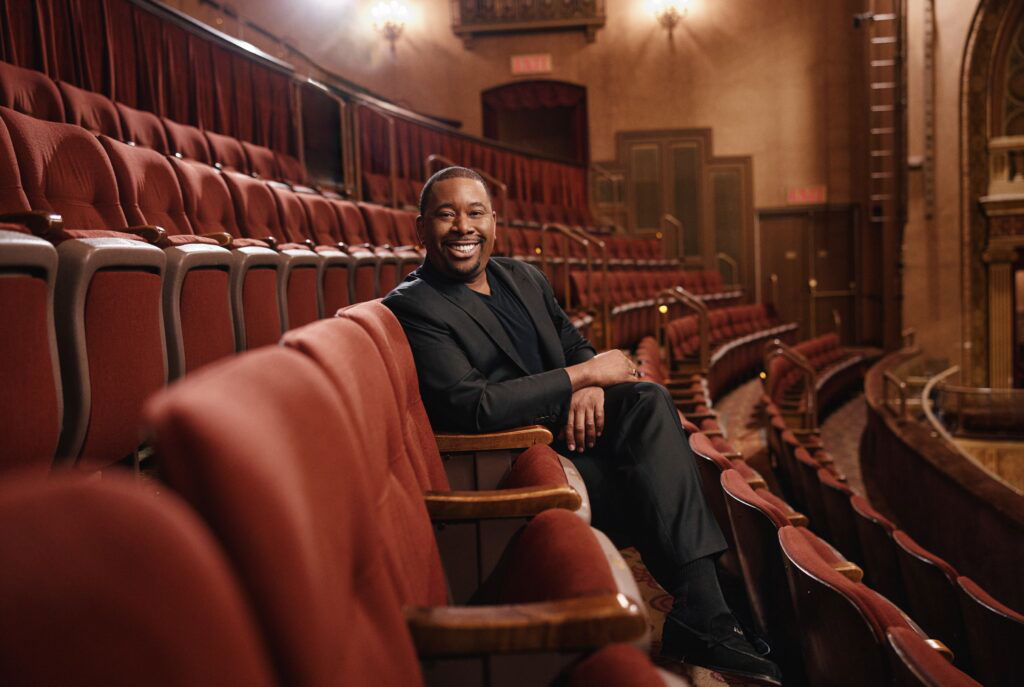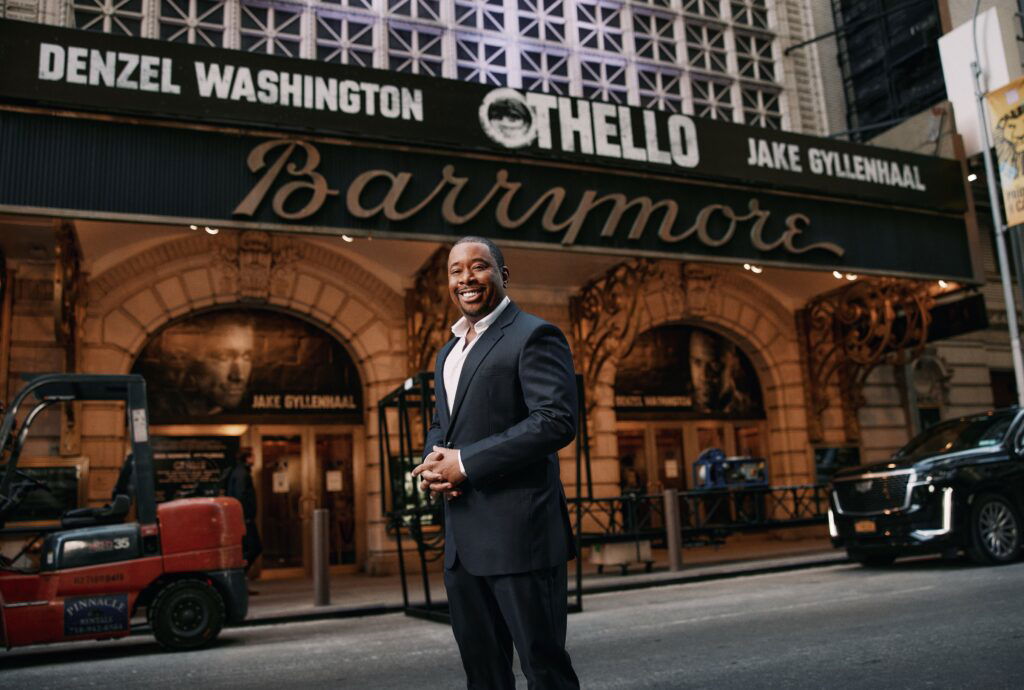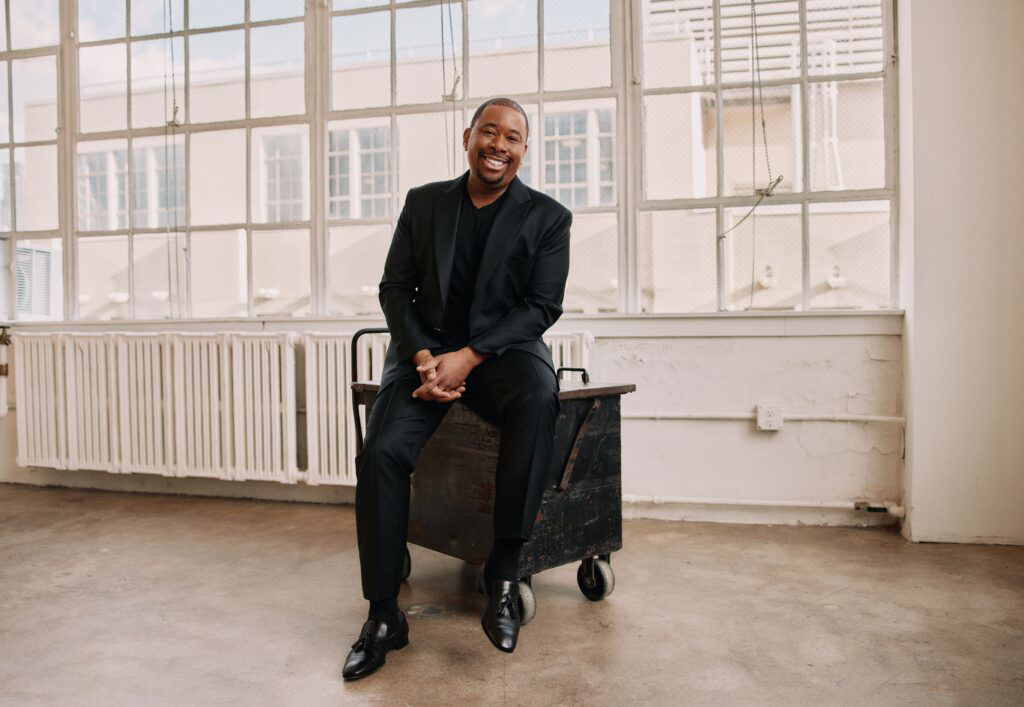Uncategorized
https://blacknerdproblems.com/to-be-hero-x-is-unlike-any-other-superhero-story/
When I first saw the To Be Hero X trailer about a year ago, I was immediately impressed by its heightened sense of style and visual language. The blending of 2D and 3D animation is a difficult line to walk, and the not quite 90 second trailer managed to do so deftly. The warping of perspective and dimension to a hypnotic soundtrack was utterly captivating and barely knowing the premise other than “superhero,” I was sold. So when the screener for the pilot became available, I knew I had to see what the whole world was about.
As it turns out, To Be Hero X is set in a world where Trust (colloquially, public approval, and belief) has a physical, tangible benefit. If the world has entrusted you Trust, you have superpowers. However, even if you had some sort of innate special power, a lack of Trust can actually strip you of your powers.
As such, the vibe of To Be Hero X sort of stands in an entirely different corner of the world than its peers. It’s not a straight up parody like One-Punch Man, nor is it a diehard love letter to the genre like My Hero Academia. Instead, it falls in a sort of realm of playful deconstruction. A little more cynical outlook on large scale organizations managing heroes, but it is certainly a lot more optimistic than say The Boys.
It surprised me how it played with conventions I have seen time and time again, while still feeling fresh. Although, no small part of that is due to the stellar animation. The blend of 2D and 3D works just as well in the opening trailer, accentuating different tones and story beats perfectly. It’s visually delightful, and while busy at times, always feels incredibly easy to read. Lots of different techniques are used in tandem to create something that looks like nothing else on the market (not quite Into the Spider-verse levels of innovation, but it’s still remarkable).
The music’s fantastic. The pilot moves quick (don’t expect story beats explained here. Y’all need to watch it for yourselves), and I am already itching for the next episode.
To Be Hero X is so good that I am planning to revisit a different Haolin Lee work, Link Click, something that ironically didn’t quite click the first go around, but To Be Hero X is that good. It’s really heartening to see CrunchyRoll expand what anime looks like and functionally is, as this series is a collaboration betwen bilibili and aniplex, making it both anime and donghua (Chinese animation).
It is kinetic, it is original, it is just getting started, and if you like superheroics, this is gonna be a must-watch for sure.
To Be Hero X premieres April 5 at 5:30 PM PT only on Crunchyroll!
Want to get Black Nerd Problems updates sent directly to you? Sign up here! Follow us on BlueSky, Twitter, Facebook, YouTube, Twitch, and Instagram!
The post ‘To Be Hero X’ is Unlike Any Other Superhero Story I’ve Seen, and That Says Many Things appeared first on Black Nerd Problems.









